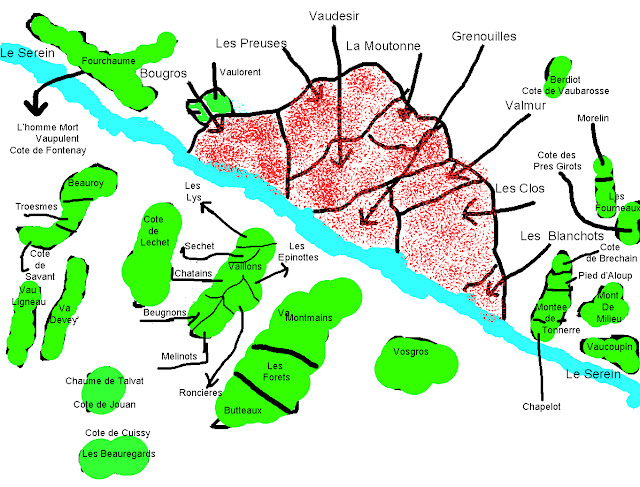American history rootstocks
American rootstocks. The search for a solution to the problem of phylloxera led to seek vine plants naturally resistant or tolerant to the parasite. In the places of origin it had developed naturally a form of pest resistance to guarantee a normal life to the local vines. Experts went in search of these screws in the Americas and began attempting to graft. Some were rejected for manifest disaffinity, other for the poor capacity of rooting from cuttings because other undesirable behaviors induced in the graft. They were therefore identified three main species of screw defined suitable for the engagement with the Vitis vinifera. They are the Vitis Rupestris far left, Vitis Berlandieri far right, Vitis Riparia down left... This American rootstock saved the European Vitis Vinifera down right. Except from some vineyards are still in Pie Franc #americanrootstock #rootstock #mineral wine
Vitis Riparia is used in fresh soils , with little limestone and in temperate environments , has the advantage of being very vigorous and anticipates budding and maturation . Vitis Rupestris " du Lot " is characterized by root system which tends to be resistance and very adaptable to limestone , good affinity for grafting and very suitable for cuttings , poor resistance to drought . Vitis Berlandieri has resistance to drought and limestone, very resistance to drought.
Rootstock mistakes can cost you a lot.




Comments
Post a Comment